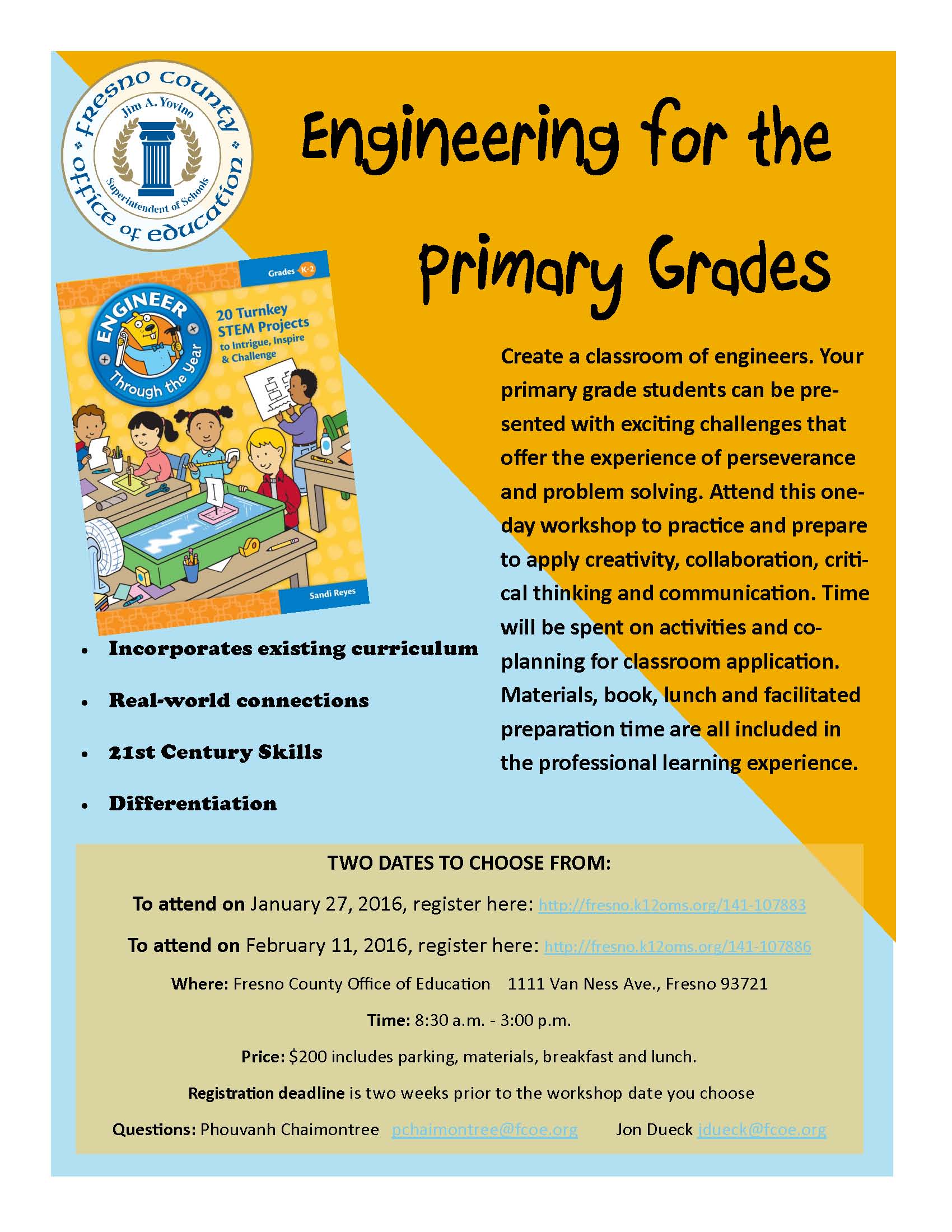Mentoring for Lifelong Teachers
by Amy Kunkle
Who remembers those first few weeks of school as a brand-new teacher wondering, “Am I doing this right?”, “What have I gotten myself into?”, and “What was I thinking?” Often, the only support new teachers receive is help with managing tasks: When to go to lunch or other noncurricular activities, where and how to input grades, or how to implement procedures for handling discipline. What should be taking place, but often isn’t, is mentors supporting teachers in high-quality, school-based experiences that focus on student achievement. So how do we get that? We need valuable mentors who possess the knowledge, time, and personal commitment to growing new education leaders.
The Foundation
It is difficult to apply any new learning without proper support. Many new teachers feel isolated and overwhelmed; in fact, a study from the National Educational Association found that approximately half of new teachers in the United States are likely to quit within the first five years (Lambert, 2006). Therefore, creating mentor programs to support new teachers can help them adjust to more than just procedures; these programs can also help teachers become more confident and effective. So what are the characteristics of a good mentor program? Successful mentor programs should ensure appropriate time for mentors to interact with mentees, include specific guidelines for mentoring activities, and require formal mentor training (Holloway, 2004).
Rowley (2009) suggests that successful mentors must be able to accept different perspectives while demonstrating empathy, provide instructional support, work with individuals of varying levels of expertise, and model reflective practice. In addition, effective mentors should also be optimistic and committed to the task of mentoring. The good news is that individuals can cultivate and hone these traits and skills over time. Therefore, training for new mentors should include the level of commitment required, clearly define the expectations and role responsibilities, and educate mentors on how to begin the support process.
Differentiated Support
When trying to create a sustainable support structure, think about how to build a comprehensive program that can support a variety of needs. Not every new teacher will have the same needs within your building, just like not every new student will have the same needs within a class. Research repeatedly indicates that differentiated instruction provides the best way to meet the needs of all of your students. So, if we individualize our instruction for students, why don’t we do the same for our teachers? Differentiated support for teachers responds to each teacher’s background and needs individually to provide them the best possible support for professional growth.
Mentors might offer new teachers the following support structures:
- Observation of veteran professionals followed by discussion on those teachers’ decisions and how they affect students’ learning
- Model lessons in the mentee’s content area or grade level followed by a reflective coaching conversation, or lessons observed by an experienced teacher who provides feedback in real time
- Team-teaching with a mentor followed by a reflective coaching conversation from the mentor
- Collaborative planning sessions
- Observation of the new teacher followed by a reflective coaching conversation
If we know that teachers may need differentiated support, then the next step would be to create an actionable plan of sequenced support. We should also plan for a gradual release of support to help new teachers build confidence and efficacy as they work with students. Fisher and Frey provide four steps in the gradual release of responsibility as new learners transition into more accountable roles. In the gradual release model, the new learners progress through watching and listening as experts show them how to complete a task, working collaboratively with expert support, practicing collaboratively with positive feedback, and participating in independent practice with expert feedback (Fisher & Frey, 2012). Note that the gradual release of responsibility is not linear: it is a two-way street that mentors can modify to provide the most appropriate levels of support.
When applying these guidelines to supporting new teachers, mentors should identify their mentees’ individual needs by observing them “in action” before developing a plan of differentiated support. As with the gradual release model, starting with the most supportive structures, such as planning and modeling within mentees’ content areas, and progressing to less hands-on support strategies, such as team-teaching and observation with coaching, will give teachers the tools necessary to be highly effective while still feeling supported.
Mentors need to know and understand their mentees individually so that they can adjust to different learning styles and needs. By respecting their mentees’ various learning and interpersonal styles, mentors can begin building relationships of trust and transparency that contribute to a school culture of continuous growth and development. As this culture develops, staff and students alike will progress and benefit.
References
Fisher, D., & Frey, N. (2012). Improving adolescent literacy: Content area strategies at work (3rd ed.). Boston, MA: Allyn & Bacon.
Holloway, J. (2004, April). Mentoring new teachers. Educational Leadership, 61(7). Retrieved fromhttp://www.ascd.org/publications/educational-leadership/apr04/vol61/num07/-Mentoring-New-Leaders.aspx.
Lambert, L. (2006, May 9). Half of teachers quit in five years. The Washington Post. Retrieved fromhttp://www.washingtonpost.com/wp-dyn/content/article/2006/05/08/AR2006050801344.html
Rowley, J. B. (1999, May). The good mentor. Educational Leadership, 56(8). Retrieved fromhttp://www.ascd.org/publications/educational-leadership/may99/vol56/num08/The-Good-Mentor.aspx.

Amy Kunkle is a regional master teacher with The System for Teacher and Student Advancement—commonly known as TAP—in S.C. She works with leadership teams to develop and deliver effective professional development and mentors staff support in schools around the state.
ASCD Express, Vol. 11, No. 7. Copyright 2015 by ASCD. All rights reserved. Visit www.ascd.org/ascdexpress.





